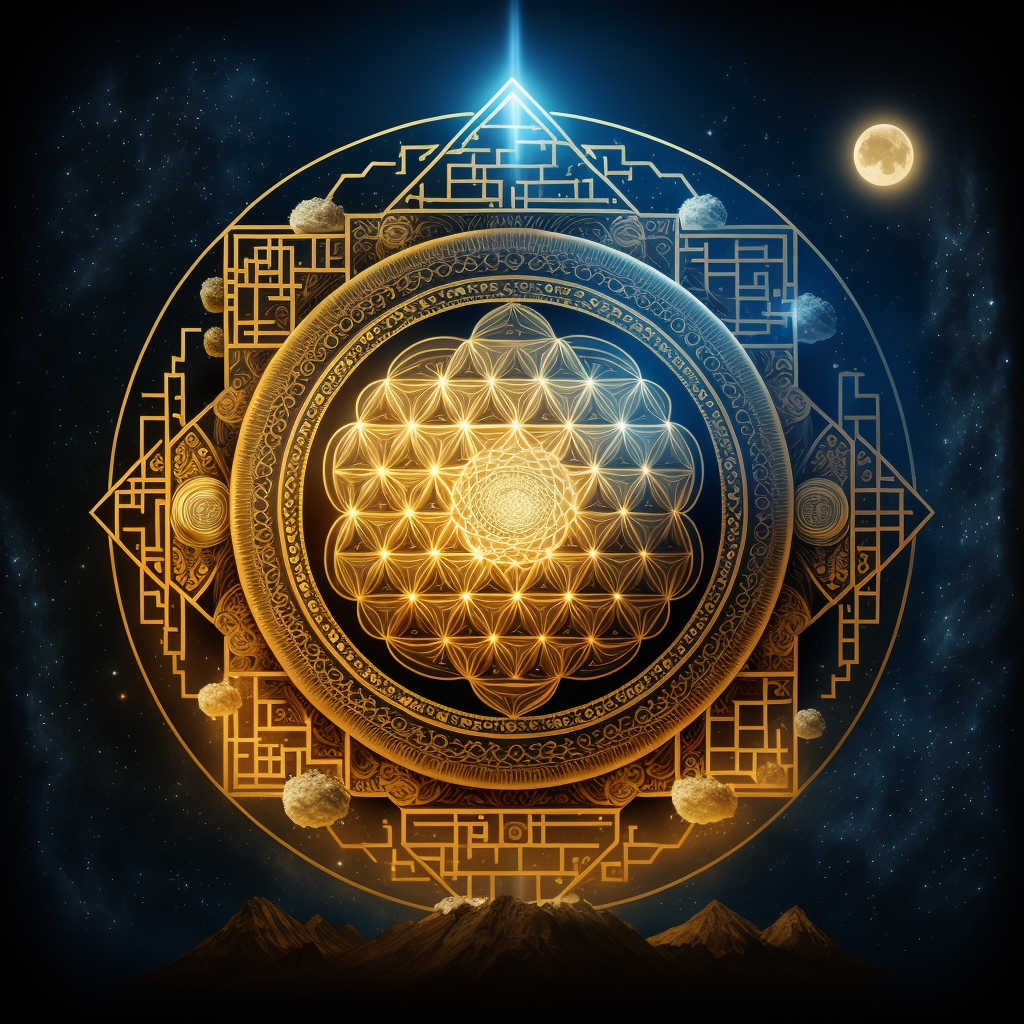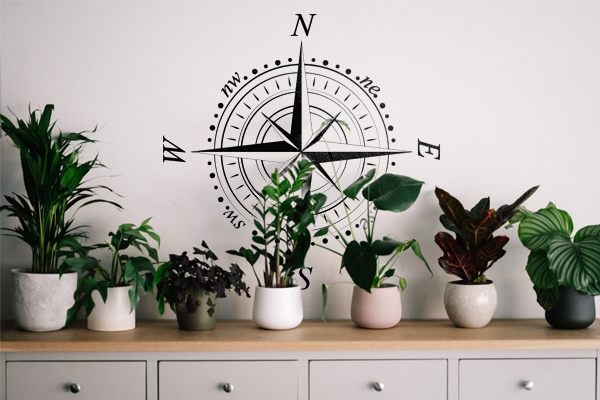Shri Lakshmi Jagannath is a distinguished astrologer based in the vibrant city of Bengaluru. With an illustrious career spanning over two decades, she has established herself as a beacon of wisdom and guidance in the realm of Vedic astrology.
Read More
20+ Years Of Experience
Mrutyunjaya Homa
Mrityunjaya Homa, also known as Maha Mrityunjaya Homa or Rudra Homa, is a powerful Vedic ritual performed to invoke the blessings of Lord Shiva in his form as Mrityunjaya, the conqueror of death. This sacred fire ceremony is believed to provide protection, healing, and relief from diseases and ailments. Here's a detailed description of Mrityunjaya Homa
Purpose
Healing and Protection: Mrityunjaya Homa is primarily performed to seek healing, physical well-being, and protection from illnesses, ailments, and untimely death. Spiritual Growth:It also aids in spiritual growth and liberation from the cycle of birth and death, fostering inner strength and resilience.
Significance
The mantra associated with Mrityunjaya Homa, known as the Maha Mrityunjaya Mantra, is considered highly potent and is chanted to invoke Lord Shiva's blessings for overcoming fear and obstacles. It is believed to have the power to alleviate physical, mental, and emotional suffering, as well as to cleanse negative karma and promote longevity.
Purification: The participants cleanse themselves physically and mentally to prepare for the sacred ceremony. Altar Setup: An altar is prepared with sacred items including idols or images of Lord Shiva, the Shiva Linga, and other ritualistic objects.
Invocation (Avahan): The ceremony begins with the invocation of Lord Shiva and other celestial beings, inviting their presence into the sacred fire. Offerings (Ahuti): Ghee, herbs, and other sacred substances are offered into the fire while chanting mantras, symbolizing the offering of prayers and desires to the divine. Conclusion (Purnahuti): The culmination of the homa involves a final offering (Purnahuti) where participants offer their heartfelt prayers and gratitude to Lord Shiva.
Homam Kund: A sacred fire pit (Homam Kund) is prepared where the offerings are made. Ghee (Clarified Butter): Used as a primary offering to the sacred fire, symbolizing purity and devotion. Herbs and Medicinal Plants: Offerings may include herbs and medicinal plants known for their healing properties. Rice, Flowers, and Fruits: Offerings of grains, flowers, and fruits are made to appease the deities and seek their blessings.
Maha Mrityunjaya Mantra: The main mantra chanted during the homa is the Maha Mrityunjaya Mantra, which is repeated multiple times to invoke the healing and protective energies of Lord Shiva. Other Vedic Mantras: Vedic hymns and mantras are recited by priests or participants to purify the environment and invoke divine blessings.
After the completion of the homa, Prasad (blessed food) is distributed to all participants and attendees, symbolizing the sharing of divine blessings and auspiciousness.

General Mrityunjaya Homa
Description This is the most common type of Mrityunjaya Homa performed to invoke the blessings of Lord Shiva for overall protection, well-being, and longevity. Purpose It is conducted to alleviate fears, protect from illness, and promote physical and spiritual healing.
Description This is the most common type of Mrityunjaya Homa performed to invoke the blessings of Lord Shiva for overall protection, well-being, and longevity. Purpose It is conducted to alleviate fears, protect from illness, and promote physical and spiritual healing.

Navagraha Mrityunjaya Homa
Description Focuses on appeasing the nine planetary deities (Navagrahas) along with Lord Shiva through the Mrityunjaya Homa. Purpose It aims to mitigate the malefic effects of planets in astrological charts, promote harmony, and ensure overall prosperity.
Description Focuses on appeasing the nine planetary deities (Navagrahas) along with Lord Shiva through the Mrityunjaya Homa. Purpose It aims to mitigate the malefic effects of planets in astrological charts, promote harmony, and ensure overall prosperity.

Ayushya Mrityunjaya Homa
Description Ayushya means longevity, and this homa is specifically performed to pray for a long and healthy life. Purpose It is often conducted on special occasions like birthdays, anniversaries, or significant milestones to bless individuals with a long and prosperous life.
Description Ayushya means longevity, and this homa is specifically performed to pray for a long and healthy life. Purpose It is often conducted on special occasions like birthdays, anniversaries, or significant milestones to bless individuals with a long and prosperous life.

Mrita Sanjeevani Mrityunjaya Homa
DescriptionThis homa is performed with the intention of rejuvenating and restoring vitality, particularly in cases of severe illness or critical health conditions. Purpose It is believed to have powerful healing effects, helping individuals recover from life-threatening situations.
DescriptionThis homa is performed with the intention of rejuvenating and restoring vitality, particularly in cases of severe illness or critical health conditions. Purpose It is believed to have powerful healing effects, helping individuals recover from life-threatening situations.

Mahamrityunjaya Mantra Japa Homa
DescriptionIn this variation, the focus is on chanting the Mahamrityunjaya Mantra a specific number of times (like 108 times, 1008 times, etc.) along with offering oblations into the sacred fire. Purpose The chanting of the mantra amplifies its protective and healing energies, fostering a deep spiritual connection and invoking divine blessings.
DescriptionIn this variation, the focus is on chanting the Mahamrityunjaya Mantra a specific number of times (like 108 times, 1008 times, etc.) along with offering oblations into the sacred fire. Purpose The chanting of the mantra amplifies its protective and healing energies, fostering a deep spiritual connection and invoking divine blessings.

Griha Shanti Mrityunjaya Homa
Description Conducted to pacify negative energies or doshas (afflictions) in the home environment or surroundings. Purpose It aims to bring peace, harmony, and positive vibrations into the household, ensuring a conducive and auspicious living space.
Description Conducted to pacify negative energies or doshas (afflictions) in the home environment or surroundings. Purpose It aims to bring peace, harmony, and positive vibrations into the household, ensuring a conducive and auspicious living space.

Pratistha Mrityunjaya Homa
DescriptionThis homa involves the consecration and establishment of a Mrityunjaya Yantra or idol of Lord Shiva in a temple or sacred space. Purpose It sanctifies the space, enhances spiritual energies, and invites the protective blessings of Lord Shiva into the designated area.
DescriptionThis homa involves the consecration and establishment of a Mrityunjaya Yantra or idol of Lord Shiva in a temple or sacred space. Purpose It sanctifies the space, enhances spiritual energies, and invites the protective blessings of Lord Shiva into the designated area.

Sankalpa Mrityunjaya Homa
Description Sankalpa refers to a specific intention or resolve made before conducting the homa. Purpose This type of homa is performed with a dedicated resolve or purpose, such as overcoming specific challenges, achieving personal goals, or seeking divine intervention in critical situations.
Description Sankalpa refers to a specific intention or resolve made before conducting the homa. Purpose This type of homa is performed with a dedicated resolve or purpose, such as overcoming specific challenges, achieving personal goals, or seeking divine intervention in critical situations.

Pratistha Mrityunjaya Homa
Description Conducted to pacify negative energies or doshas (afflictions) in the home environment or surroundings. Purpose It aims to bring peace, harmony, and positive vibrations into the household, ensuring a conducive and auspicious living space.
Description Conducted to pacify negative energies or doshas (afflictions) in the home environment or surroundings. Purpose It aims to bring peace, harmony, and positive vibrations into the household, ensuring a conducive and auspicious living space.
Believed to aid in recovery from illnesses and promote overall physical well-being.
Provides mental strength, peace, and emotional stability.
Facilitates spiritual growth, inner peace, and alignment with higher consciousness.



